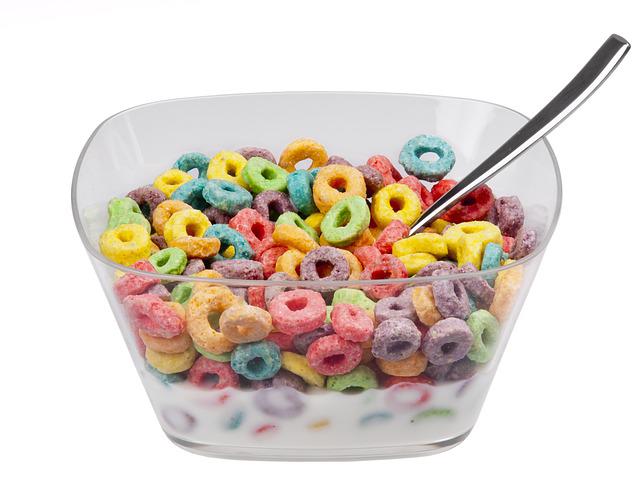Lablaco is an Italian company that helps fashion brands digitize their products. The idea behind the movement is that, like many industries, it’s only a matter of time before the fashion world goes completely digital. The “phygital” fashion market will see consumers purchasing both physical items and their digital “twins” which avatars will wear in the metaverse.
In an effort to establish a more sustainable and profitable approach to fashion, Lorenzo Albrighi and Eliana Kuo co-founded Lablaco in 2016 and serve as co-CEOs. They are believers in circular fashion, where clothing is designed and produced with methods focused on reducing waste. The pair hopes to use blockchain technology to promote this effort.

In the model developed by Lablaco, when a physical item is purchased, its digital equivalent remains paired to it. If the physical item is resold, its digital twin moves to the owner’s digital wallet, so that authenticity is apparent and the designer can follow where its creation goes.
While the fashion industry presently generates 92 million tons of waste each year, digitizing fashion will significantly reduce these numbers. If a designer currently needs to create an item in 10 different colors to test it out, the same item can be released into the metaverse in 10 different hues. Sales specs could be studied to determine which version to produce physically.
In the metaverse, opportunities are endless. While this is a new spin for fashion, it is clear that many industries in the world are headed in this direction. And, as usual, fashion will continue to keep up with the times.

